Archimedes once said, “Give me a place to stand and I will move the Earth.” It was Archimedes who came up with the idea of levers which will reduce our effort in moving heavy load. Levers are simple machines which makes our lifting and moving of things easier. We use a variety of levers in our daily life to make many tasks done with less effort.
A lever works around a fixed point called pivot or fulcrum (F). It is a point about which the lever moves. Load is the weight to be lifted or moved using the lever and is represented by L. Effort is the input force applied by us and is represented by E. Levers are classified into three based on the positions of the Fulcrum, Load and Effort.
Class 1: Fulcrum between Load and Effort. Examples include scissors and wire cutters.
Class 2: The load is between fulcrum and effort. Examples include bottle opener and nut cracker.
Class 3: The effort is between the fulcrum and the load. Everyday example include thongs, tweezers and staplers.
Working of levers is based on the components fulcrum and effort to balance the load. We consider our body as a complex machine with a number of simple machines working together. The bones, muscles and the many joints in our body form different types of levers for us to lift and balance weight or load. Imagine lifting a weight without the use of your joints and standing on your toes without an effort by your muscles. Human body has all the classes of levers.
Class 1 lever: Move your head up and down feeling the muscles at the back of your neck. The movement of the head is supported by these muscles and the head moves around a point where the top of the spine meets the skull. This forms the fulcrum of a class 1 lever. Here head is the load and the muscle at the back of the neck which supports the skull up is the effort.
Class 2 lever: Stand on your toes, and we can feel the calf muscles stretching up to support your weight. When you stand on your toes, your toes act as a fulcrum. Your calf muscles provides the effort to balance the weight (load).
Class 3 lever: Lifting things requires bending your arm. Your arm works as a class 3 lever. The fulcrum is at the elbow. The biceps muscles provide the effort to bend the forearm against the weight of the forearm (load). If you are bending your arm with some weight in hand, that weight adds to the load.
We maintain the tools and machines we use every day with great care: oiling them and use them regularly so that they work smooth. In the same way, it is necessary to maintain the simple machines in our body. Give the joints and muscles the exercise they need every day. Work out, walk, run,… stay active… never be idle because the body machinery will become less efficient without being charged up!!!
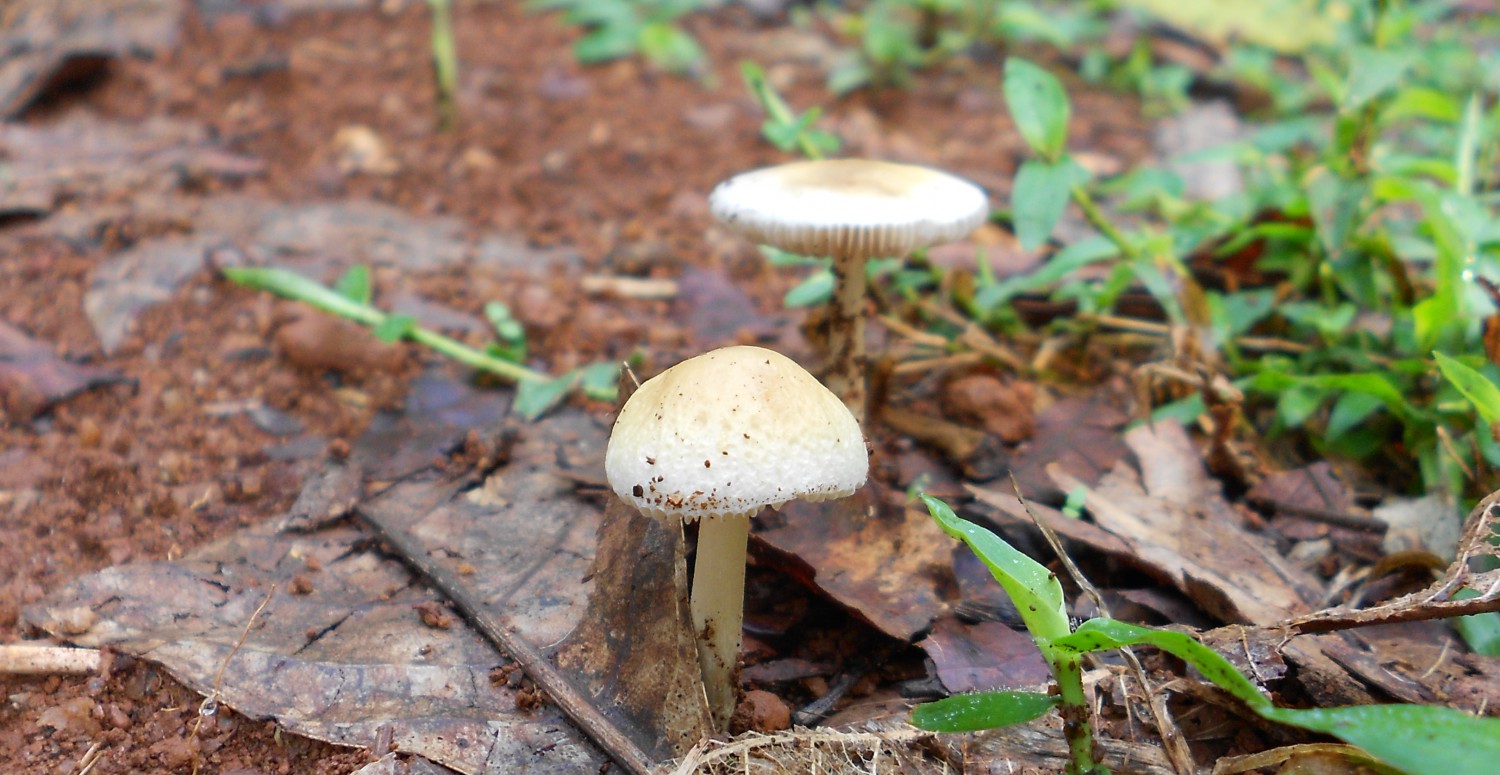

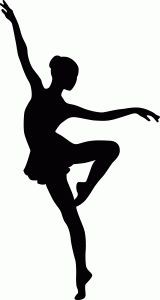

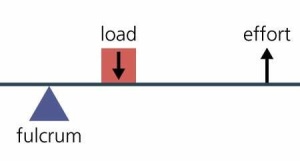
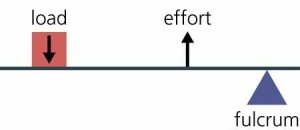


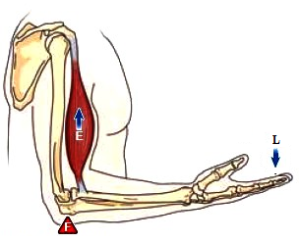
Reblogged this on Me and the World around Me.
LikeLike